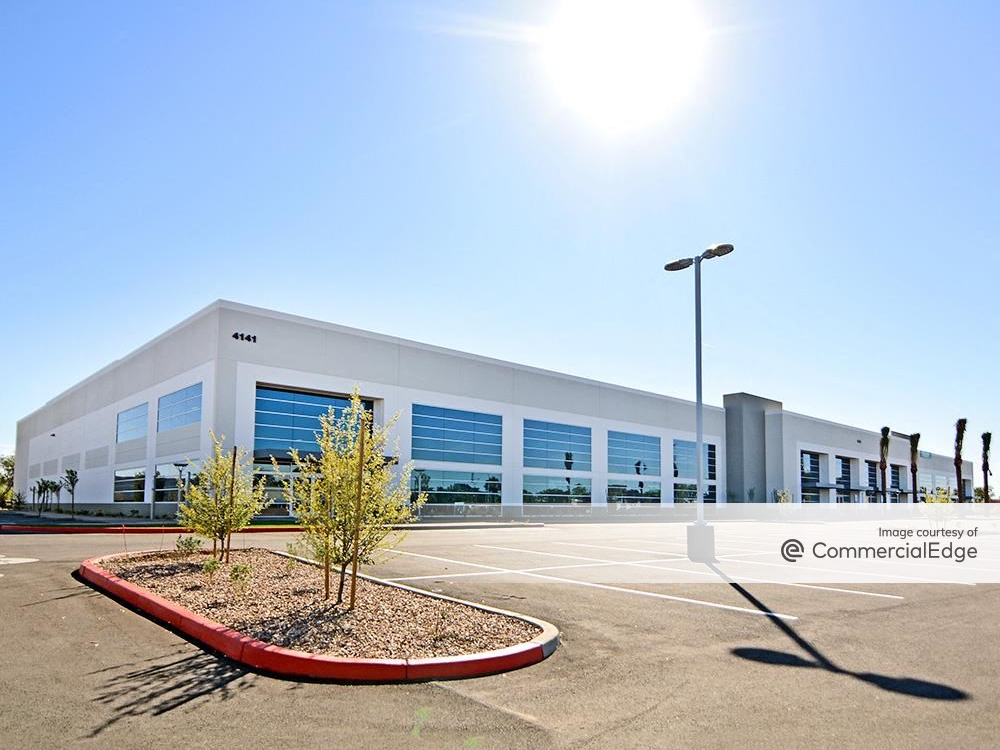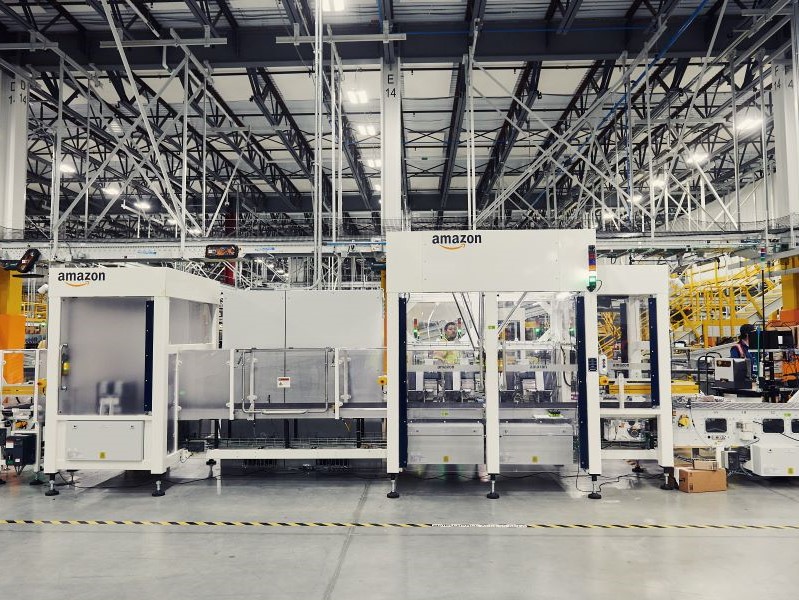What Trump’s Tariffs Could Mean for CRE
Higher construction costs, new factories? Experts weigh in on potential impacts.

The scope and scale of the tariffs announced last week came as a surprise to many. With the far-reaching measures unveiled by President Donald Trump on Wednesday, the U.S. will have the highest effective tariff rate in more than a century. The unexpectedly steep trade barriers sent shockwaves through global markets and added to uncertainty in the commercial real estate industry, already bracing for the impact of previously announced levies on Canada, Mexico and China.
The new tariff policy laid out in an executive order is designed to strengthen the U.S. manufacturing sector and shrink the country’s chronic annual trade deficit in goods, a gap that reached $1.2 trillion in 2024. The order imposes a universal 10 percent tariff on imports, which took effect Saturday, as well as additional country-specific rates slated to kick in on April 9.
Real estate stocks slumped last week as the commercial property industry digested the news. Trump’s tendency to announce and then suspend new tariffs over the past two months has thrown industries and trading partners into confusion. Despite ongoing uncertainty around the implementation of the tariffs, some clear implications for commercial real estate are starting to emerge.
“As of today, Fitch’s view is that the longer and more exorbitant tariffs become, the more likely that sectors tied to international trade and manufacturing—industrial and retail—will eventually succumb to the fallout,” noted Christopher Wimmer, senior director of U.S. & Canada Corporates, Commercial Real Estate at Fitch Ratings.
“REIT management teams in the industrial space are relating that some tenants are already beginning to pause on new leases,” he added.
Costs and confusion
Notwithstanding any ambiguity over the implementation and timing of the tariffs, the president’s protectionist stance is likely to have a significant impact on the commercial property sector, by driving up construction costs, reconfiguring supply chains and potentially reigniting demand for industrial real estate.

The most direct impact will probably be felt in material costs. Construction engineering firm Skanska estimated in a February report that U.S. manufacturers could likely meet 75 percent or more of the material needs on a typical construction project. For the remaining materials, which would have to be imported, a tariff averaging 20 percent could raise direct costs by 4 to 8 percent.
“The new tariffs, especially those targeting imports from Canada and China, are already starting to ripple through the supply chain on our end—particularly in material costs for steel, glass and certain finish products,” said Daniel Kaufman, president of Los Angeles-based developer Kaufman Development, which handles projects ranging from residential to commercial and mixed-use.
READ ALSO: Industrial’s New Groove: Gradual Growth and Tariff Concerns
“We’re also hearing concerns from subcontractors about lead times and bidding volatility, which can complicate budgeting for active projects,” he added. According to multiple subcontractors, tariff-related pricing uncertainty is prompting vendors to tighten quote validity windows and require quicker commitments. “That kind of volatility makes it harder to lock in budgets, particularly for developers who are managing financing contingencies or still waiting on permits,” Kaufmann explained.
The new tariffs can be expected to compound the issues already surfacing as a result of existing trade measures. A CBRE research note published last month argued that industrial and retail leasing demand would likely experience the most direct hit from tariffs as a result of diminished consumer spending and disruption in the flow of goods.
Trade policy uncertainty might prompt some industrial occupiers to postpone leasing decisions and outsource to third-party logistics providers. The brokerage added that knock-on effects of slower growth, such as reduced demand, could affect other property types, including multifamily, office and hotels.
Eying a manufacturing boom
Looking ahead, the tariffs could play a pivotal role in reshaping the manufacturing sector if they prompt producers to build more capacity in the U.S. A key objective of the tariffs is to increase U.S. manufacturing output, which fell from a peak of 28.4 percent of global output in 2001 to 17.4 percent in 2023, according to United Nations data cited by Trump’s executive order.
An increase in domestic manufacturing activity could reinvigorate flagging industrial development. Protectionist policies have spurred a factory boom in recent years. Companies shifting production closer to the American consumer—a trend known as reshoring—as well as federal subsidies and incentives for certain types of manufacturing prompted investors to plow more than half a trillion dollars into manufacturing facilities from 2020 to 2024.
Last year, however, saw a significant nationwide slowdown in groundbreakings as demand stabilized and historic levels of new supply were absorbed. The national vacancy rate for industrial properties doubled in the past two years to reach 8.2 percent in February, according to the latest CommercialEdge report.
In the short term, many industrial occupiers are expected to postpone leasing decisions due to uncertainty around trade policy, while tariffs on steel and aluminum could lead to planned projects being delayed or scrapped. Long-term, the tariffs could benefit the industrial sector if they succeed in driving more manufacturing investment and reshoring to the U.S.
“Companies seeking to reshore operations may prioritize facilities near major ports, which reinforces regions like Southern California as logistics hubs,” commented Danny Harrington, vice president of strategic operations at Project Management Advisors Inc. “While some firms may delay expansion due to cost uncertainties, others are optimizing supply chains, investing in automation and exploring alternative materials to mitigate expenses.”
Trump’s ambitious tariff policy aims to remedy what last week’s order describes as “structural imbalances in the global trading system.” Whether the administration can pull off such a major realignment of the world economy, and how that would be implemented in practice, remains to be seen. For the industrial property sector, the unfolding policy spells unpredictability and greater cost and complexity—with a note of long-term optimism if America’s manufacturing revival ramps up.







You must be logged in to post a comment.